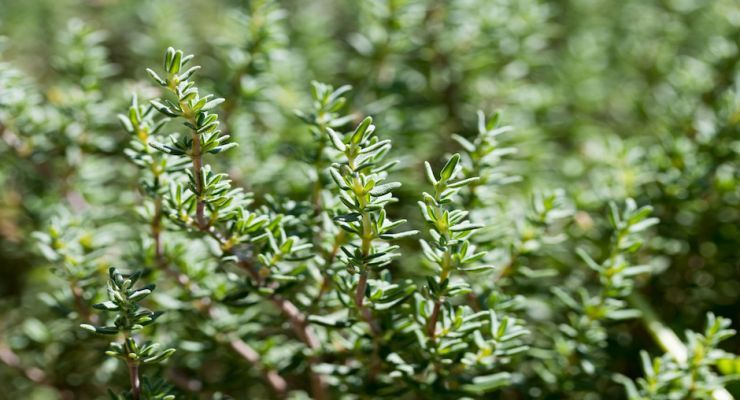Growing an extensive outdoor garden is often impossible for those living in urban areas or harsh environments with short growing seasons. However, not all hope is lost, and there is still a way that you can contribute to a green, sustainable lifestyle by growing these edible plants indoors. You will be able to enjoy a bountiful harvest along with all the health benefits of indoor plants, plus they will add flair and interest to any decor.
Fruit trees
Though it may sound crazy, dwarf fruit trees thrive in a warm, sunny home environment. Citrus trees such as lemon and orange do exceptionally well indoors because they are self-pollinating and, with the proper care, could produce fruit all year round.
Lavender
Lavender is a versatile, fragrant herb with endless possibilities in the kitchen. It is an excellent idea to grow this plant in sandy soil in your kitchen window as it will naturally freshen the air imbue any room with a calming atmosphere. Simply clip off a sprig of lavender and add it to teas, salads, cookies, or try making your own homemade lavender ice cream!
Tomatoes
Tomatoes, especially small varieties like cherry tomatoes grow wonderfully in your home. You can have multiple tomato plants growing at once and can time the growing cycles so that you never have to buy another store-bought tomato of unknown origin again. These serve well alone as an excellent snack or an addition to salads or sandwiches.
Garlic
Though it will take immense time and patience even to have one fully grown garlic bulb, you can easily enjoy its green sprouts in the meantime. Try using these flavorful sprouts into soups, stir-fry or to add a twist to pizza.
Avocado
Though it is incredibly difficult to grow avocados outdoors due to cold temperatures and prolonged growing requirements, growing a dwarf avocado plant inside is actually fairly simple and could allow you to enjoy avocados without the hefty price tag.
Lettuce
Pretty much any kind of lettuce can be quickly grown indoors and will even flourish in low-light conditions. Making it ideal for those with slightly darker homes. Lettuce can be grown in long, shallow containers and harvested on a regular basis. In fact, the more you harvest it, the more it grows. Lettuce also makes a great addition to your indoor garden and will help encourage you to eat more greens and other vegetables.
Mushrooms
Though this may seem like a strange addition to this list, these fungi grow exceedingly well in dark, moist environments and can flourish under the care of the gardener with even a self-proclaimed “black thumb.” You can purchase handy mushroom starter kits to kickstart your mushroom garden or read up on how to cultivate homegrown mushrooms. Putting these fungi in attractive terrariums can liven up your home and serve as excellent conversation starters.
Thyme
Thyme is one of the best all-purpose herbs for cooking and is among the most popular herbs to grow indoors. Plus, it is the plant that keeps on giving and will produce almost indefinitely with proper care.
Basil
Though it is a little finicky to master the art of growing basil, once you do, you will be so grateful for its fresh, flavorful additions to your Italian dinner creations. Be sure to give basil appropriate warm temperatures and plenty of direct sunlight as it can begin to wilt and wither in improper conditions.
Carrots
Be sure to plant carrots in a container that is at least 1 ½’ deep since they are root vegetables and need the space to grow. Keep in mind that the main action with carrots happens underground so you won’t necessarily get the most exciting greenery at first. However, fresh-grown carrots are worth the space they take to grow, and you will soon be able to eat and enjoy these healthy vegetables.
Mint
Mint is another aromatic herb that, like lavender is an excellent addition to teas and various desserts. It can be quickly grown from seed and provides delightful fragrance when crushed. When you are harvesting your mint plant, be sure to only snip about ⅓ of the leaves so that it will keep growing.
Keep in mind; this list is not exhaustive. In fact, the possibilities are endless. Try growing different fruits, vegetables, and herbs in your home and experiment with various heights, textures, and flavors. Happy planting!
-Susan Patterson

